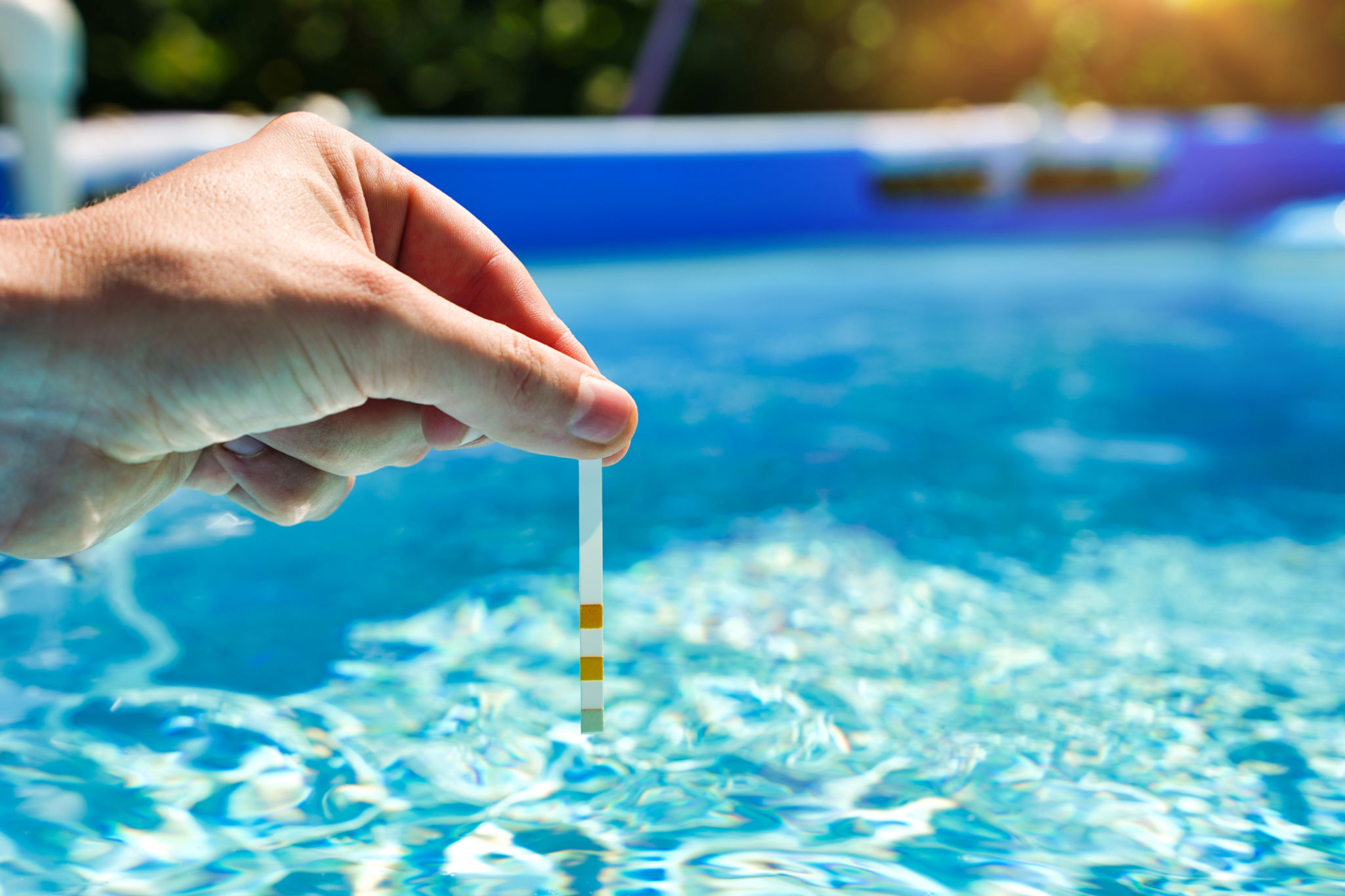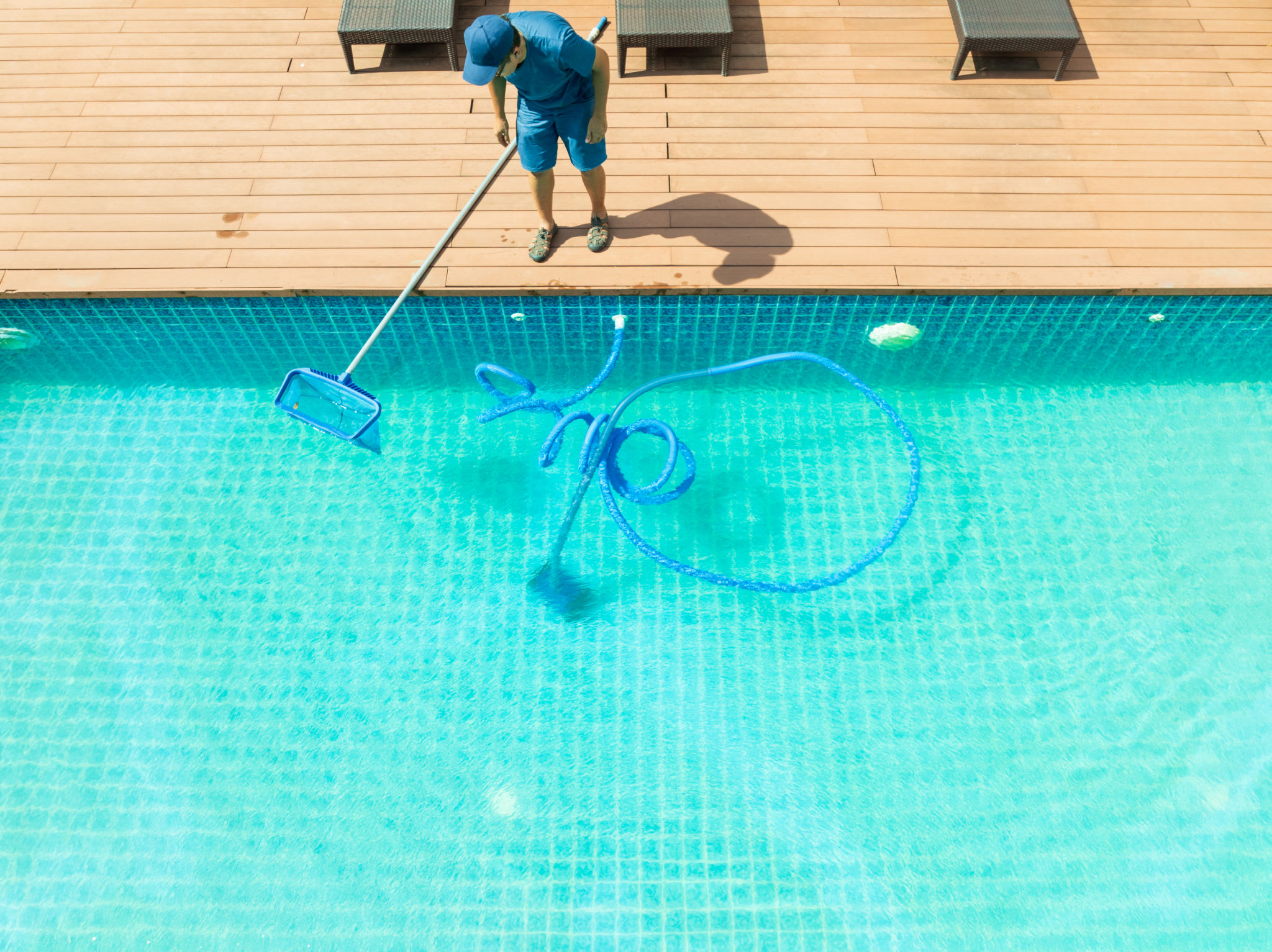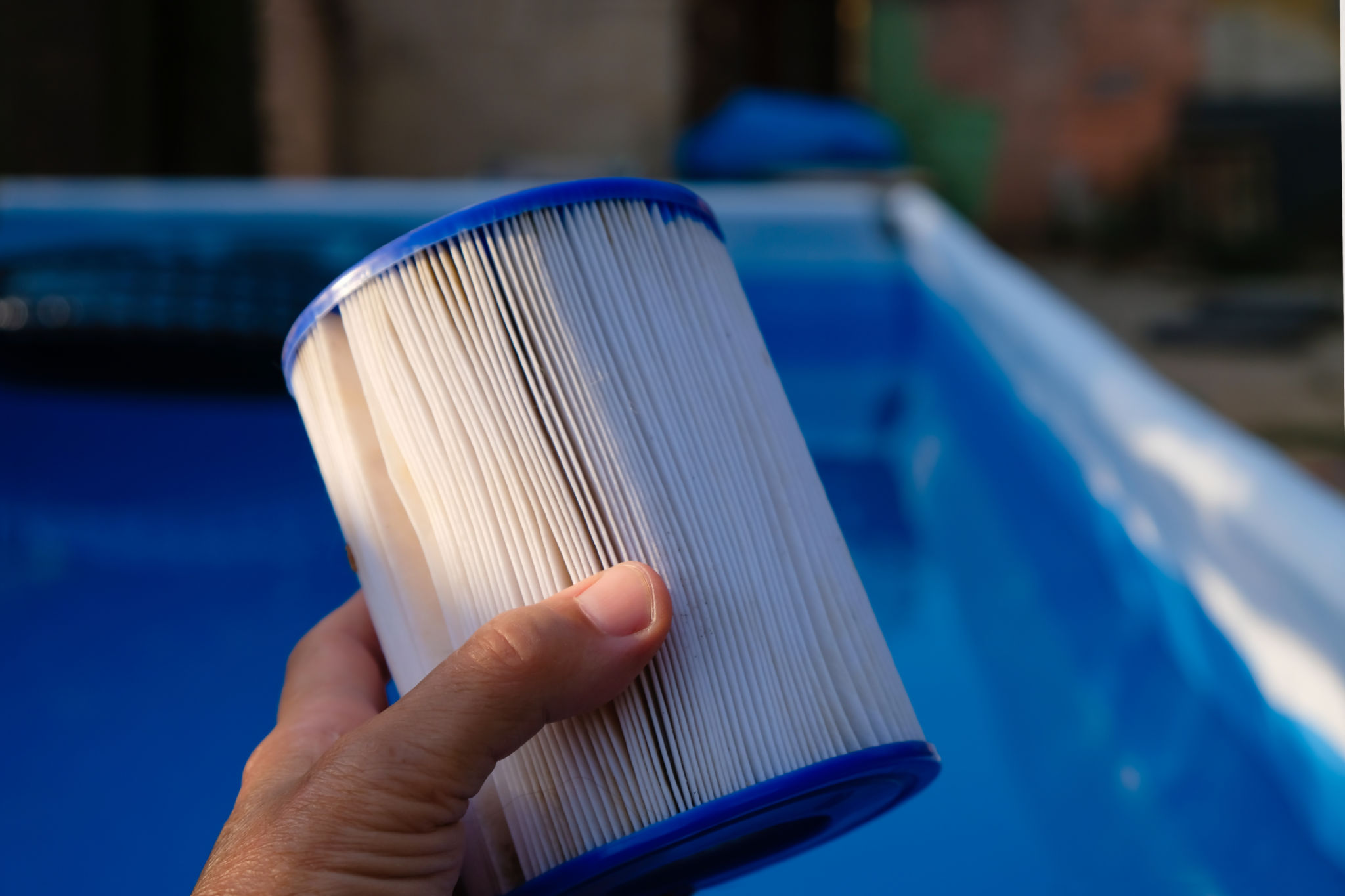Comprehensive Pool Maintenance Guide for Homeowners
Understanding Pool Chemistry
Maintaining the right chemical balance in your pool is crucial for both the health of swimmers and the longevity of your pool. The primary aspects to consider are pH levels, alkalinity, and sanitizer levels. The ideal pH range for pool water is between 7.2 and 7.6. This ensures that the water is neither too acidic nor too basic, which can cause irritation to the skin and eyes.
Alkalinity acts as a buffer for pH, helping to prevent drastic fluctuations. It should be maintained between 80 and 120 ppm (parts per million). Sanitizers like chlorine or bromine kill bacteria and keep the water safe for swimming. Regularly testing and adjusting these levels is a foundation of effective pool maintenance.

Regular Skimming and Cleaning
Debris such as leaves, insects, and dirt can accumulate quickly in a pool. Regular skimming helps to keep the surface clear and prevent clogging of the filtration system. It's also essential to brush the walls and floor of your pool weekly to remove algae buildup and ensure a pristine appearance.
Vacuuming your pool on a weekly basis is equally important. You can choose between automatic pool vacuums or manual options, both of which help in removing settled debris. Keeping your pool clean not only enhances its appearance but also reduces the need for excessive chemical treatments.

Effective Filtration System Maintenance
The filtration system is the heart of your pool's circulation process, working to remove impurities from the water. It's crucial to clean the filter regularly, whether it's a sand, cartridge, or diatomaceous earth (DE) filter. Each type requires different maintenance procedures, so follow the manufacturer's instructions for best results.
Backwashing is an essential procedure for sand and DE filters, which reverses water flow to flush out accumulated debris. For cartridge filters, periodic removal and cleaning with a hose will help maintain efficiency. Remember, a clean filter means cleaner water.

Water Level Management
The water level in your pool can fluctuate due to evaporation, rainfall, or heavy usage. It's important to maintain the water level at about the midpoint of your skimmer or pool tile for optimal operation of your skimming system. Low water levels can damage the pump, while high levels reduce skimming efficiency.
If levels are too low, simply use a garden hose to add water. Conversely, if levels are too high after heavy rainfall, you may need to remove excess water using a submersible pump or by adjusting your filtration system.
Troubleshooting Common Issues
Even with regular maintenance, pools can develop problems such as cloudy water, algae growth, or unpleasant odors. Cloudy water is often caused by improper chemical balance or poor filtration. Check these systems first if you notice a change in water clarity.
Algae can be a persistent issue, especially in warmer climates. Regular brushing and shock treatments can help prevent outbreaks. Additionally, maintaining proper sanitizer levels is key in preventing algae growth and keeping your pool pristine.

